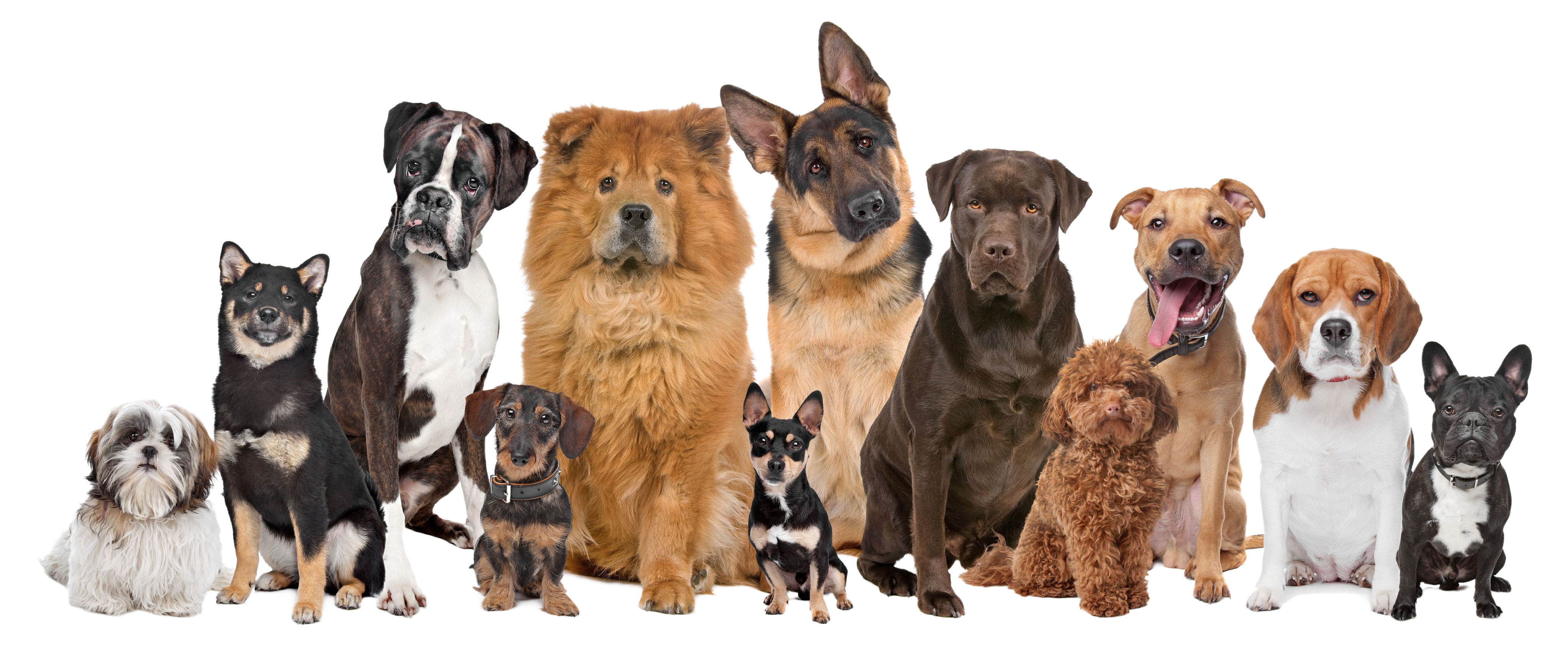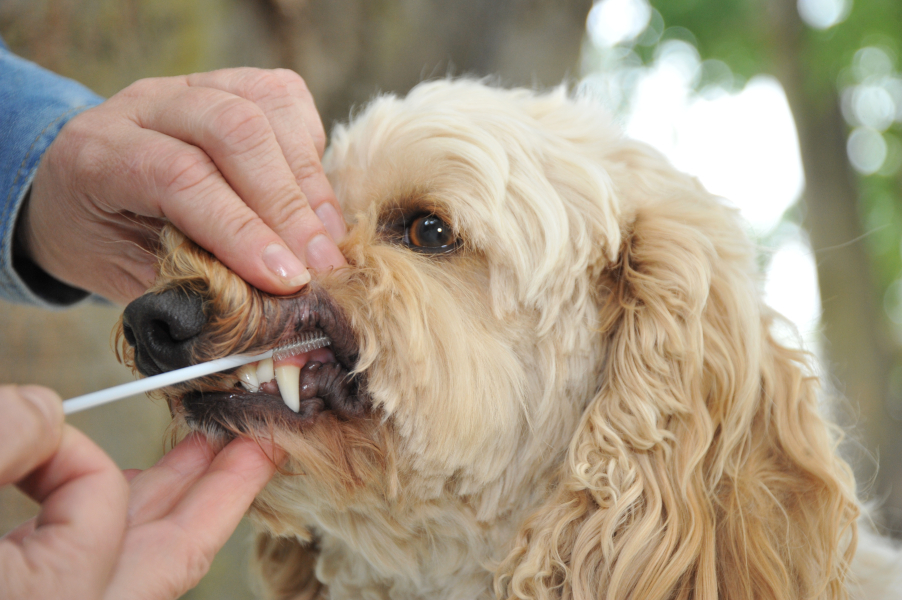Quick Summary
Click here for Price and Turnaround Time
Phenotype: Dogs with one or two copies of the variant alleles shed less than dogs with no copies
Mode of Inheritance: Complex
Alleles: MC5R SD = low shedding variant, N = Normal shedding
RSPO2 F = low shedding variant, IC = Normal shedding
Breeds appropriate for testing: Many
Explanation of results:
Shedding (SD locus) plus Furnishing and Improper coat
- Dogs with SD/SD and F/F or SD/N and F/F genotypes are associated with minimal shedding.
- Dogs with SD/SD and F/IC or N/N and F/F genotypes have low shedding associated variants and are predicted to have lower rates of shedding than would be considered average for the breed.
- Dogs with SD/SD and IC/IC, SD/N and IC/IC or SD/N and F/IC genotypes have variants predicted to result in average shedding.
Note: To reach these conclusions, researchers rated breeds on a scale of 0 (minimal shedding breeds) to 1 (heavy shedding breeds), and Figure 1 below shows where the genotype combinations fall on that scale. Breeds were considered minimal shedders (0), average shedders (0.5) and heavy shedders (1) according to information provided on various websites, including akc.org. Shedding was not quantified as a part of this study.
Sample Collection
Dog DNA tests are carried out using cells brushed from your dog's cheeks and gums. The preferred cytology brushes are sent to you by mail, or you may provide your own brushes. For accepted alternative brushes, click here
We recommend waiting until puppies are at least three weeks old before testing.

Step-By-Step:
- Make sure the dog has not had anything to eat or drink for at least 1 hour prior to collecting sample.
- When swabbing puppies, isolate each puppy from the mother, littermates and any shared toys for 1 hour prior to swabbing. Puppies should not have nursed or eaten for 1 hour prior to collecting sample.
- If collecting samples from more than one dog, make sure to sample one dog at a time and wash your hands before swabbing another dog.
- Label brush sleeve with name or ID of dog to be sampled.
- Open brush sleeve by arrow and remove one brush by its handle.
- Place bristle head between the dog’s gums and cheek and press lightly on the outside of the cheek while rubbing or rotating the brush back and forth for 15 seconds.
- Wave the brush in the air for 20 seconds to air dry.
- Insert brush back into sleeve.
- Repeat steps 5 - 8 for each unused brush in sleeve on a fresh area of cheek and gums. Make sure to use and return all brushes sent by the VGL. In most cases, it will be 3 brushes per dog. If using interdental gum brushes, please note that the VGL requires 4 brushes per dog and only moderate or wide interdental gum brushes are accepted.
- Do not seal brushes in sleeve.
- Place all samples in an envelope and return to the address provided.
ATTENTION:
- Do not collect saliva/drool – the key to obtaining a good sample is getting cheek cells on the swab
- Do not rub swab on the dog’s tongue or teeth – this will result in poor quality sample
- Do not collect a sample from a puppy that has recently nursed – the mother’s genetic material can rub off on the puppy’s mouth and contaminate the sample
Multiple genes control the propensity for a dog to shed. Identified as the SD Locus (Shedding), the melanocortin 5 receptor (MC5R gene) variant c.709G>A is associated with decreased shedding in multiple dog breeds. High shedding is associated with two copies of the ancestral allele (N) with relatively less shedding in individuals with one ancestral and one variant (SD) allele.
Dogs with furnishings, which is caused by a 167 bp insertion in the untranslated region near R-spondin-2 (RSPO2), also have a propensity to shed less. The two genes have an additive effect, thus dogs with both variants exhibit the lowest amount of shedding while dogs lacking either variant have the highest amount of shedding. Combinations of heterozygous variants at both loci (MC5R and RSPO2) are predicted to result in intermediate shedding rates. However, quantification of the volume of shedding of these heterozygotes has not been determined.
